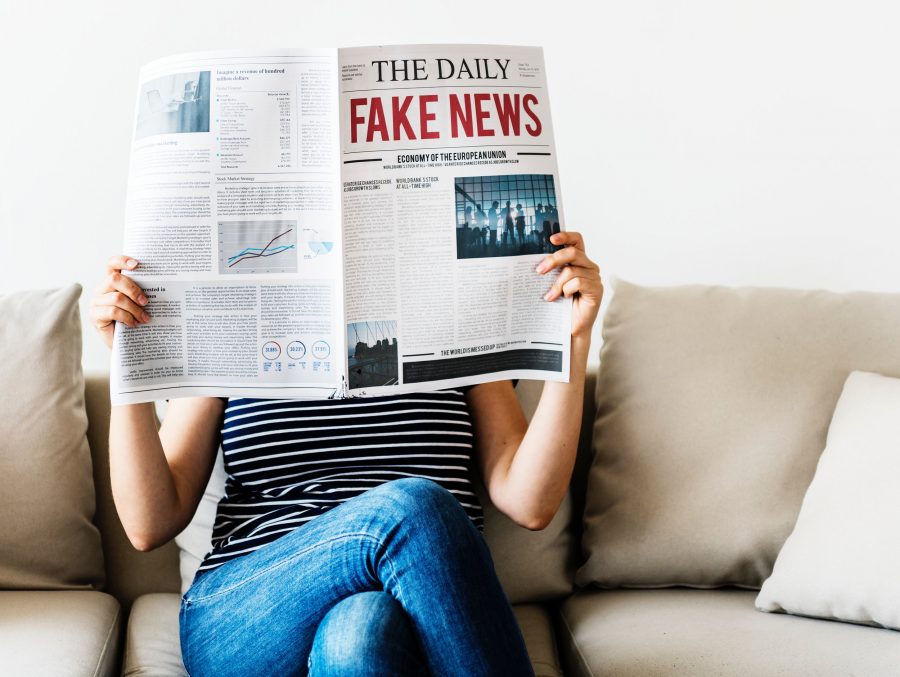Fake news affects liberals and conservatives for different reasons
Fake news may seem like a simple concept. However, many do not know the true meaning of the phrase. Fake news is defined as “false stories that appear to be news, spread on the internet or using other media, usually created to influence political views or as a joke” by Cambridge Dictionary. Much of the fake news agenda that exists today is associated with the Republican presidential campaign in 2016 and conservative media, with many falsities coming from President Donald Trump himself, as evidenced on his social media.
However, new studies suggest that liberals and conservatives are equally swayed by fake news.
“The researchers found that people on both sides of the traditional left-right divide are equally likely to believe political news that is consistent with their ideology, and to disbelieve news that is inconsistent with their side,” Scientific American reported. “For instance, liberals judged the anti-Trump story as being much more legitimate than the pro-Trump story, with conservatives showing the opposite judgment.”
This research went further to develop a theory that conservatives are more willing to trust their emotional reactions versus that of liberals, who process information better. Yet, even when the highly cognitive group of liberals was given news that was “fake” but agreed with its ideology, the members were even quicker to agree with the ideas than those of the emotional group.
Therefore, those who believe they are more likely not to fall into the trap of “fake news” are, on the contrary, the most likely to do just that. This is because they have consistent evidence to reassure them of their beliefs and ideologies. In addition to this, most of these highly cognitive thinkers are within ethics networks, which creates this echo chamber of “news,” reassuring them of their own ideology. In any case, almost all groups of people are susceptible to fake news.
Looking at Twitter, the president has continued to tweet the term more since being elected. According to NPR, analysis found that in the month of August 2018, Trump sent out 46 tweets containing the words “fake” or “phony,” far surpassing his previous record with these words.
With continuous allegations against Trump, his organizations and many other government representatives, the president has used the term to devalue the allegations against him. The term is becoming part of people’s normal vocabulary, and the term will continue in the common lexicon as the 2020 presidential election approaches.
There is no clear answer yet to whether many of the news networks are presenting fake news or not. Many are more skeptical of the news they see on media. “Google and Facebook have both said that they are going to be hiring a lot of people to review content and enforce their terms of service and keep fake and illegal stuff off their platform,” BuzzFeed’s Media Editor Craig Silverman said to BBC News.
With the hundreds of different networks and media that the people are capable of accessing, there are thousands of ads and posts that people can pass over and not realize are fake. With both liberals and conservatives being unable to identify the difference between real and fake news, there will be a continued decline in the trust of news networks until changes are made to the legitimacy of our national media.







